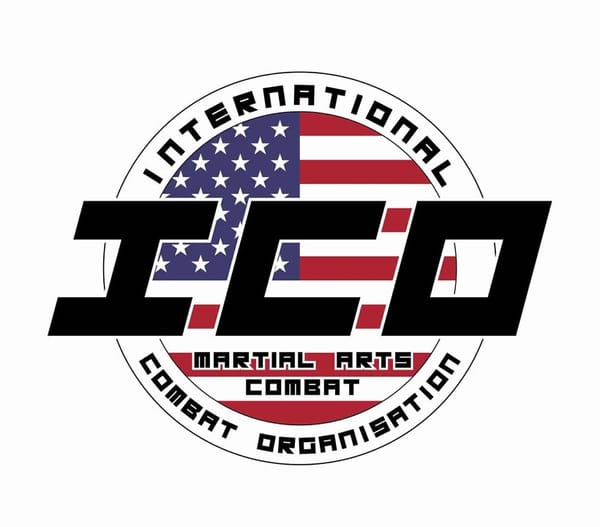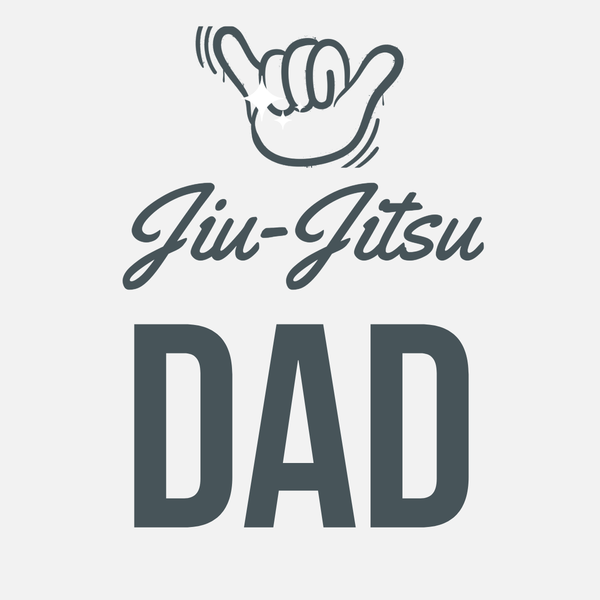The Steady Roll: Embracing Jiu-Jitsu as a Lifelong Journey for Your Family

# The Steady Roll: Jiu-Jitsu as a Lifelong Journey for Your Family
As parents, we're always on the lookout for activities that not only keep our kids active but also build character, resilience, and practical skills. Enter Brazilian Jiu-Jitsu (BJJ)—a martial art that's more than just throws and submissions. It's a metaphor for life itself, full of ups and downs, requiring patience, strategy, and a steady hand rather than brute force. In a world of instant gratification, BJJ teaches the value of long-term commitment. If you're considering enrolling your child (or even yourself) in classes, this article breaks down why steadiness trumps overload, how to navigate breaks, and the undeniable benefits of making Jiu-Jitsu part of your family's lifestyle. Let's roll into it.
## What Makes Jiu-Jitsu Special?
At its core, Jiu-Jitsu is a ground-based martial art originating from Japan and popularized in Brazil, focusing on leverage, technique, and control to overcome larger opponents. Unlike striking arts like karate or boxing, BJJ emphasizes grappling—using holds, escapes, and submissions to neutralize threats without relying on punches or kicks. It's often called "human chess" because every move requires foresight and adaptation.
For kids, it's an incredible outlet: It builds physical fitness, coordination, and flexibility while fostering mental sharpness. But here's the real magic—Jiu-Jitsu isn't about quick wins. It's a skill-based art where progress comes in waves, teaching that life, like the mat, has its peaks and valleys. Parents love it because it instills discipline without the aggression of other combat sports, making it safe and inclusive for all ages and body types.
## The Ups and Downs: Why the Journey Matters More Than the Destination
Jiu-Jitsu isn't a straight line to mastery; it's a rollercoaster. One day, your child might feel unstoppable after nailing a new sweep. The next, they could get tapped out repeatedly by a smaller peer. These fluctuations are normal and beneficial—they mirror real life, where challenges build resilience.
The key mindset shift for parents and practitioners alike? Ditch the "all or nothing" approach. Some enthusiasts believe they must train five days a week to see results, leading to burnout or injury. But the true power of BJJ lies in consistency over intensity. Training 2-3 times a week, year after year, yields far better long-term gains than sporadic overloads. Studies from sports psychology highlight that steady habits create neural pathways for skill retention, turning techniques into muscle memory. For your child, this means building a foundation that lasts, rather than chasing fleeting highs.
## Steadiness Over Overload: The Benefits of Balanced Training
Imagine Jiu-Jitsu as a marathon, not a sprint. Pushing too hard early on can lead to fatigue, frustration, or even quitting. Instead, encourage a balanced routine that fits into family life—perhaps classes after school or on weekends, paired with rest days for recovery.
The perks of this steady approach are profound:
- **Physical Health**: Regular, moderate training improves cardiovascular endurance, strength, and flexibility without the risks of overtraining. Kids learn body awareness, reducing injury chances in other sports or daily play.
- **Mental Fortitude**: BJJ hones problem-solving under pressure. A child who steadily practices escapes from tough positions develops grit, translating to better handling of school stress or peer conflicts.
- **Emotional Balance**: The art promotes humility and patience. By focusing on incremental improvements—like perfecting a guard pass over months—kids avoid the ego traps of quick-fix activities.
Parents who've adopted this mindset report their children sleeping better, eating healthier, and even performing stronger academically. It's not about being the best overnight; it's about getting 1% better each session.
## Navigating Time Off: Returning to the Mats with Grace
Life happens—vacations, illnesses, or school demands can pull anyone away from training. In Jiu-Jitsu, skills don't vanish overnight, but they do require a rebound period. After a hiatus, techniques might feel rusty, and that's okay. The beauty of a steady mindset is understanding that progress isn't linear. Encourage your child to view returns as opportunities for growth, not setbacks.
A common hurdle? The ego. If your kid was dominating before a break, coming back to improved training partners can sting. Those who stayed consistent will have advanced, making rolls feel tougher. But this is Jiu-Jitsu's gift: It humbles us, reminding that true strength comes from adaptability, not past glory. Share stories of pros like Roger Gracie, who emphasize that every champion has faced plateaus and comebacks. With patience, skills sharpen quickly—often within weeks—and the experience builds unbreakable confidence.
To ease returns, start slow: Attend open mats or lighter classes, focusing on fun rather than competition. This balanced re-entry keeps motivation high and prevents discouragement.
## Taming the Ego: Humility as the Ultimate Technique
Ego is Jiu-Jitsu's silent opponent. It's easy to get caught up in stripes, belts, or who's "winning" rolls. But the art thrives on humility—tapping out (submitting) is a daily lesson in letting go. For parents, modeling this is key: Praise effort over outcomes, like "You defended that armbar so well!" instead of focusing on wins.
Steady training dissolves ego over time. Kids learn that everyone improves at their own pace, and today's "loss" is tomorrow's lesson. This fosters empathy, teamwork, and a growth mindset, skills that extend far beyond the dojo.
## Fun, Fitness, and Readiness: The Lifelong Rewards
At its heart, Jiu-Jitsu is *fun*. Rolling around like playful puppies, solving puzzles with your body—it's engaging in a way video games or team sports can't match. Plus, it keeps you in "combat readiness." In an unpredictable world, there's no downside to knowing how to defend yourself or your loved ones empty-handed. BJJ empowers without promoting violence; it's about control and de-escalation.
For families, making it a lifestyle means shared experiences—parent-child classes build bonds, while steady practice ensures ongoing fitness and confidence. Imagine your child walking taller, handling bullies with poise, or even inspiring siblings to join.
## Making Jiu-Jitsu Part of Your Family's Lifestyle
To integrate BJJ seamlessly:
1. **Set Realistic Goals**: Aim for consistent sessions, not perfection. Track small wins in a journal.
2. **Balance with Life**: Combine training with family time—maybe a post-class smoothie ritual.
3. **Community Matters**: Choose a welcoming academy with positive instructors who emphasize fun and safety.
4. **Long-Term Vision**: View belts as milestones, not endpoints. Steadiness leads to black belts in life skills.
In conclusion, Jiu-Jitsu isn't just a sport; it's a blueprint for balanced living. By embracing steadiness, navigating ups and downs, and taming the ego, your child gains tools for self-defense, confidence, and joy that last a lifetime. There's never a disadvantage to being prepared—on the mats or off. Ready to start the journey? Schedule your trial today and take that first roll. Your family will thank you. Oss!





